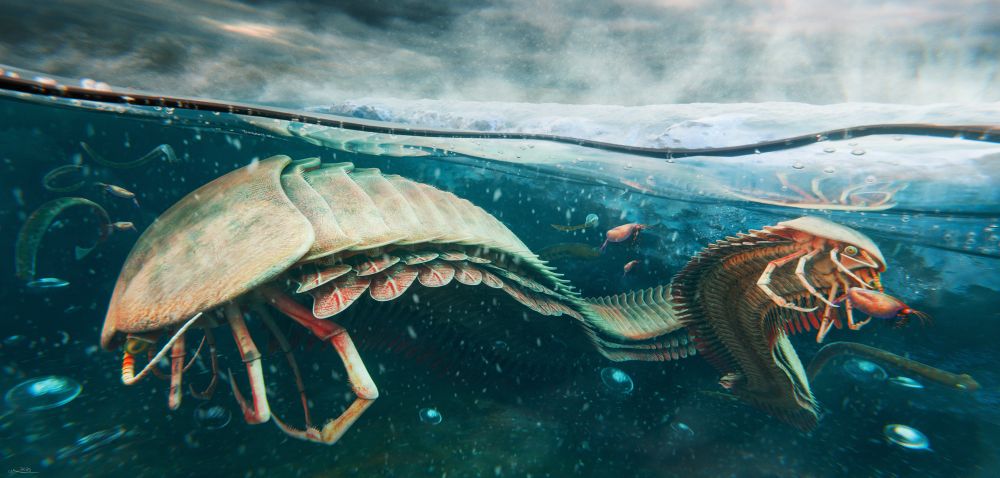


Perhaps a snapshot into the courtship and reproduction of these ancient arthropod ancestors?

Perhaps a snapshot into the courtship and reproduction of these ancient arthropod ancestors?
There is no other lobopodian quite like it.

There is no other lobopodian quite like it.
These armoured papillae gave its back a rough, pebbly appearance.

These armoured papillae gave its back a rough, pebbly appearance.




Poisonous lobopodians have been speculated on before, but this is the first solid proof.
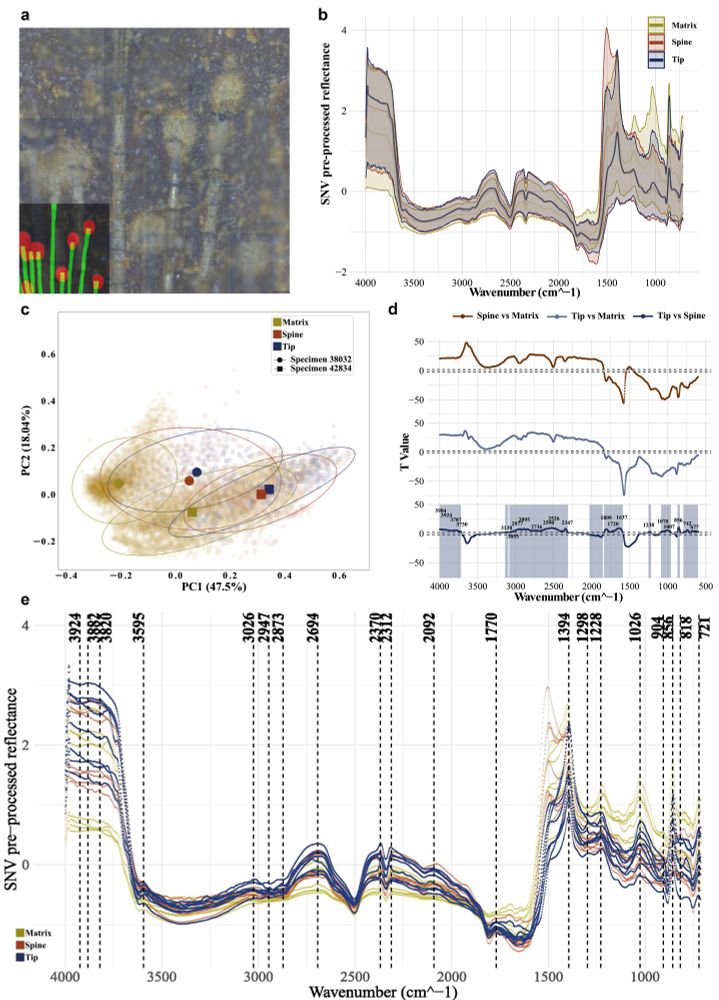
Poisonous lobopodians have been speculated on before, but this is the first solid proof.

And theres still more.

And theres still more.
But Palaeocampa is found up to 300 kilometres inland.

But Palaeocampa is found up to 300 kilometres inland.


Their bristly spines resemble modern caterpillars, but later descriptions called it a millipede, a worm, and most recently a fireworm polychaete.

Their bristly spines resemble modern caterpillars, but later descriptions called it a millipede, a worm, and most recently a fireworm polychaete.
Palaeocampa is an exceptional lobopodian - it lived in rivers and lakes, bristled with thousands of poisonous spines, and more. 🧵
Open access: nature.com/articles/s42...
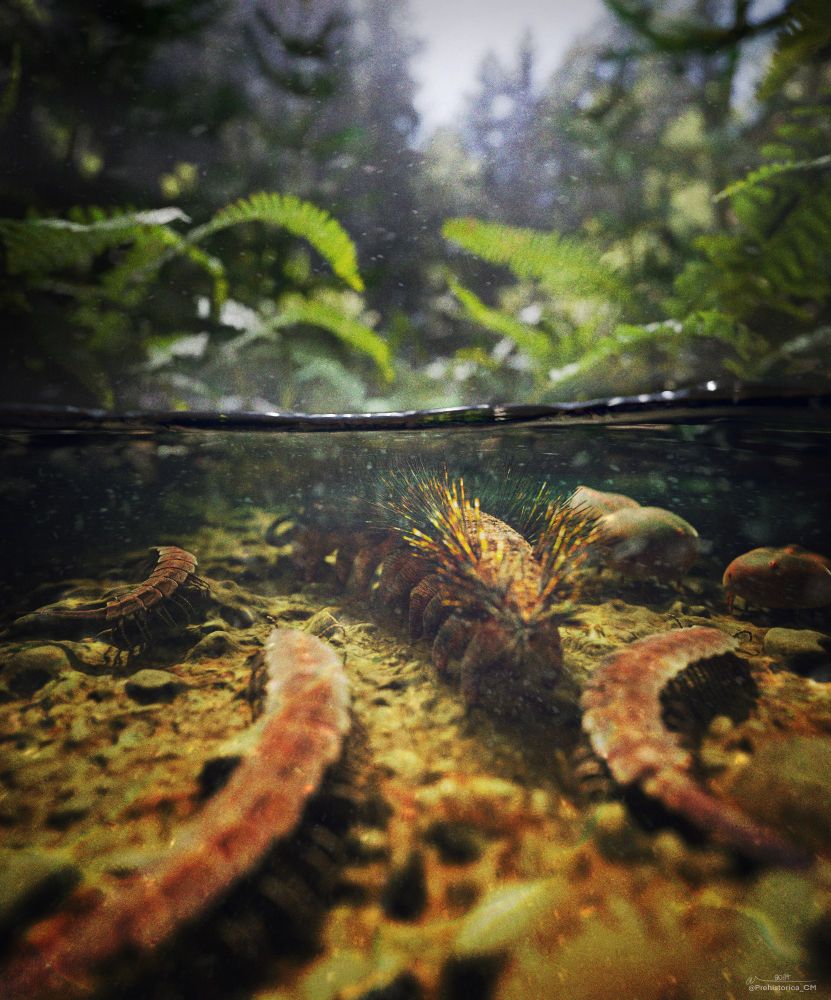
Palaeocampa is an exceptional lobopodian - it lived in rivers and lakes, bristled with thousands of poisonous spines, and more. 🧵
Open access: nature.com/articles/s42...


A daytime predator, Pulmonoscorpius was equipped with large compound eyes on the sides of its head, and an enormous stinger. Here, it blends in with the forest, eating a lizard-like Westlothiana.
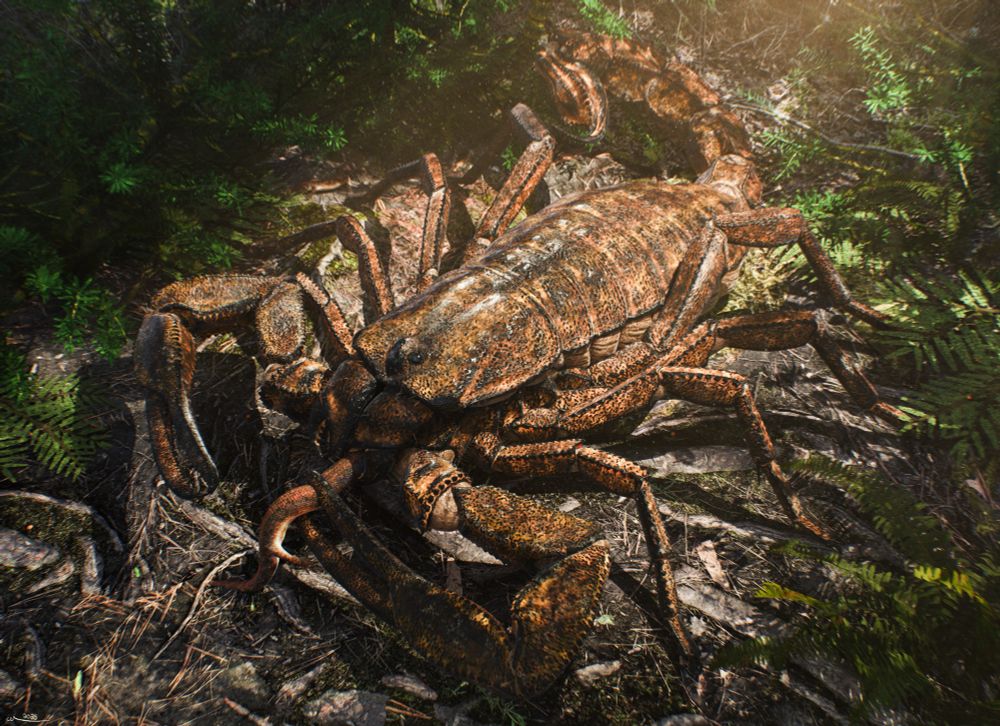
A daytime predator, Pulmonoscorpius was equipped with large compound eyes on the sides of its head, and an enormous stinger. Here, it blends in with the forest, eating a lizard-like Westlothiana.
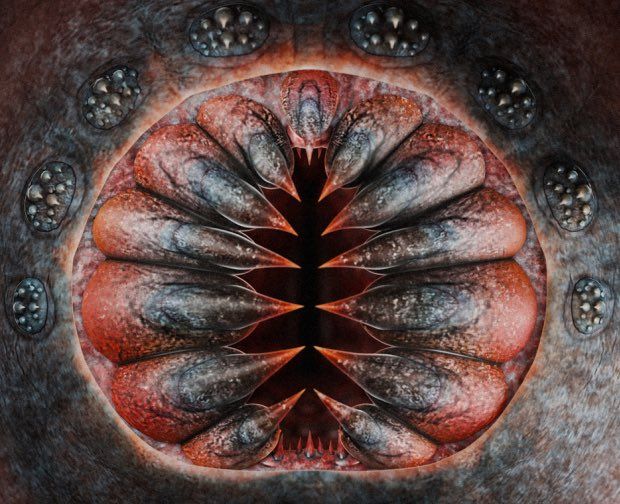



(narrowed tooth circled)
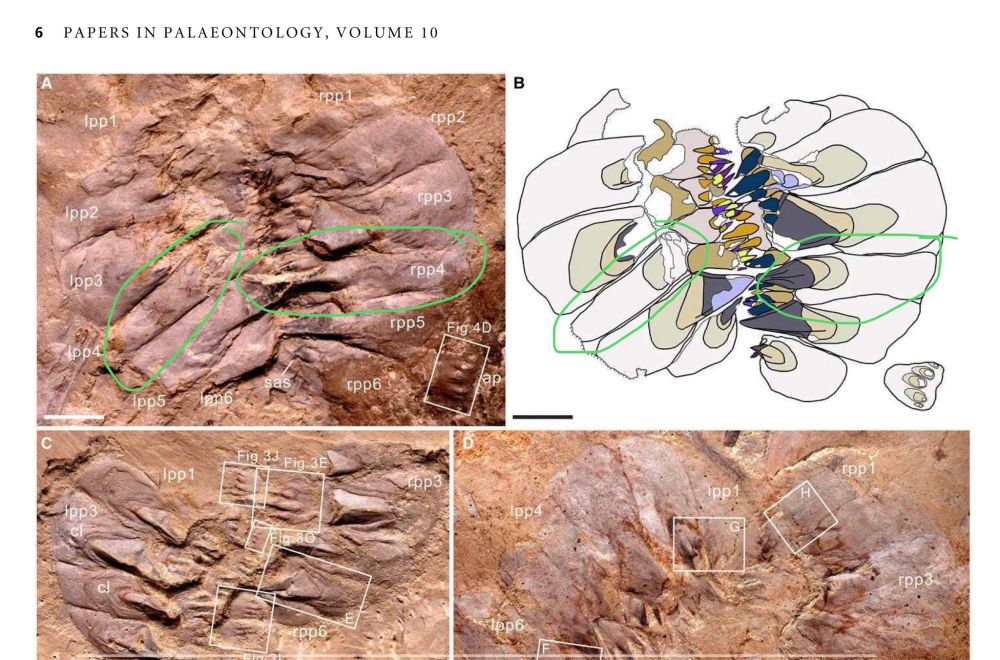
(narrowed tooth circled)
Comment on: Omnidens appendages and the origin of radiodont mouthparts
Are there really 2 species of Omnidens? I comment on the organization of the mouth of this Cambrian apex predator, and argue there is only one species, Omnidens amplus.
onlinelibrary.wiley.com/doi/epdf/10....
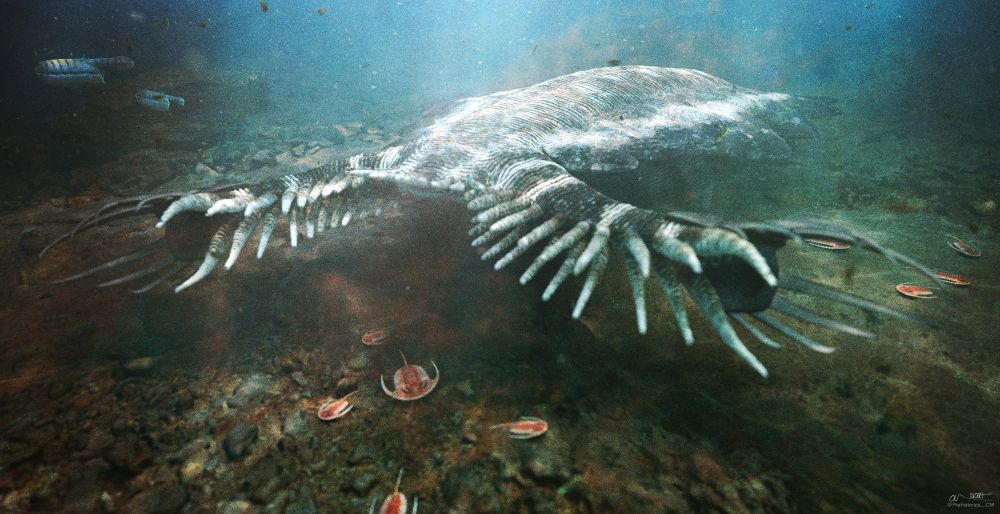
Comment on: Omnidens appendages and the origin of radiodont mouthparts
Are there really 2 species of Omnidens? I comment on the organization of the mouth of this Cambrian apex predator, and argue there is only one species, Omnidens amplus.
onlinelibrary.wiley.com/doi/epdf/10....
